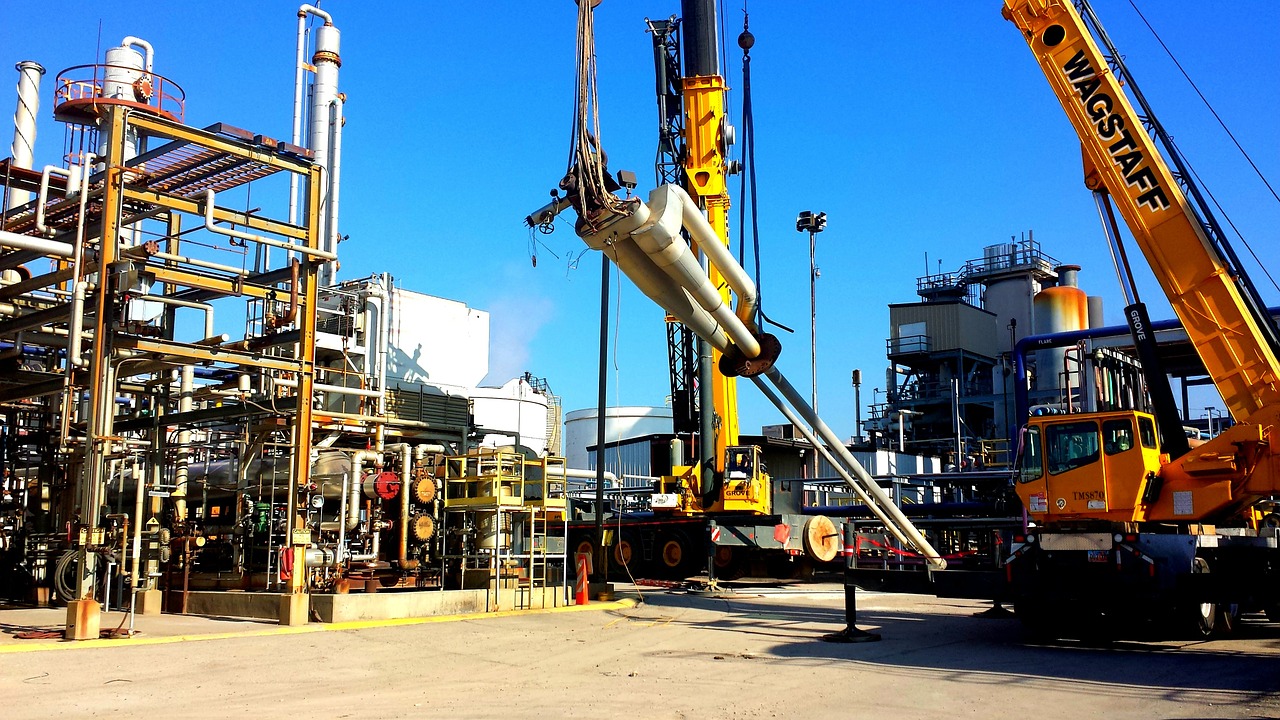Getting The Geotheta To Work
Getting The Geotheta To Work
Blog Article
The Of Geotheta
Table of ContentsGeotheta for DummiesRumored Buzz on GeothetaSome Known Details About Geotheta Our Geotheta DiariesSome Known Factual Statements About Geotheta

They conduct website examinations, collect examples, carry out lab examinations, and evaluate data to examine the viability of the ground for building and construction jobs - Tailings Engineer. Based upon their searchings for, geotechnical engineers supply recommendations for foundation layout, incline security, maintaining structures, and reduction of geotechnical hazards. They team up with other specialists, such as designers, structural designers, and building and construction groups, to make sure that geotechnical factors to consider are integrated right into the overall task layout and execution
By examining the actions and residential properties of dirt and rock, they can recognize potential geotechnical threats such as landslides, soil settlement, or slope instability. Their knowledge aids avoid failures or mishaps that might endanger lives and home. Here are some thorough responsibilities and responsibilities of a geotechnical engineer: Site Examination: Geotechnical designers conduct site investigations to gather information on subsurface conditions.
They translate the information to understand the buildings and behavior of the soil and rock, including their strength, leaks in the structure, compaction characteristics, and groundwater problems. Geotechnical Analysis and Layout: Geotechnical designers evaluate the data collected during website examinations to assess the stability and viability of the site for construction projects. They execute geotechnical computations and modeling to evaluate aspects such as birthing ability, settlement, incline security, lateral earth pressures, and groundwater flow.
Indicators on Geotheta You Should Know
Structure Style: Geotechnical engineers play an essential duty in designing structures that can safely sustain the intended structure. They assess the dirt problems and tons needs to figure out the ideal structure type, such as shallow foundations (e.g., footings), deep structures (e.g (https://www.tumblr.com/geotheta/757702666915840000/geotheta-has-grown-exponentially-since?source=share)., stacks), or specialized strategies like dirt renovation. They think about factors such as negotiation limits, birthing ability, and soil-structure communication to develop ideal foundation layouts
They examine building and construction strategies, monitor site activities, and carry out field examinations to verify that the design suggestions are followed. If unanticipated geotechnical problems occur, they examine the circumstance and provide referrals for removal or modifications to the design. Danger Assessment and Reduction: Geotechnical designers pop over to this site analyze geotechnical hazards and dangers connected with the project site, such as landslides, liquefaction, or soil erosion.

Collaboration and Interaction: Geotechnical engineers function closely with various other specialists included in a task, such as engineers, architectural designers, and building groups. Reliable interaction and collaboration are vital to incorporate geotechnical factors to consider right into the overall task style and building and construction procedure. Geotechnical designers provide technical knowledge, answer inquiries, and guarantee that geotechnical requirements are fulfilled.
The Greatest Guide To Geotheta
Here are some sorts of geotechnical designers: Foundation Engineer: Foundation designers concentrate on creating and assessing structures for structures. They examine the dirt conditions, tons demands, and website characteristics to identify the most ideal foundation kind and design, such as superficial foundations, deep structures, or specialized methods like pile foundations.
They assess the variables affecting slope security, such as soil buildings, groundwater conditions, and incline geometry, and develop techniques to stop slope failings and reduce dangers. Quake Engineer: Quake engineers specialize in analyzing and making structures to withstand seismic pressures. They assess the seismic danger of a website, examine dirt liquefaction capacity, and create seismic layout requirements to make certain the safety and durability of frameworks throughout quakes.
They perform area screening, accumulate samples, and analyze the collected data to characterize the dirt residential or commercial properties, geologic formations, and groundwater conditions at a site. Geotechnical Instrumentation Designer: Geotechnical instrumentation designers concentrate on monitoring and determining the habits of dirt, rock, and frameworks. They install and maintain instrumentation systems that check elements such as dirt settlement, groundwater levels, slope movements, and structural variations to assess performance and provide early cautions of possible issues.
The Greatest Guide To Geotheta
They conduct examinations such as triaxial examinations, combination tests, direct shear tests, and permeability tests to collect information for geotechnical evaluation and design. Geosynthetics Engineer: Geosynthetics designers concentrate on the style and application of geosynthetic materials, such as geotextiles, geogrids, and geomembranes. They use these materials to enhance dirt security, strengthen inclines, supply water drainage services, and control erosion.
They tend to be investigatory people, which indicates they're intellectual, reflective, and investigative. They are interested, methodical, logical, analytical, and rational. Some of them are additionally social, implying they're kind, charitable, participating, patient, caring, practical, empathetic, sensible, and friendly - Tailings Engineer.
In the workplace setting, geotechnical engineers use specialized software program devices to execute computations, produce designs, and analyze data. They prepare reports, evaluation project specs, connect with clients and team members, and coordinate job activities. The workplace setting provides a helpful atmosphere for research, evaluation, and partnership with other experts associated with the project.
The Single Strategy To Use For Geotheta
They regularly go to task sites to perform website examinations, evaluate geotechnical problems, and collect data for evaluation. These visits include taking a trip to different areas, often in remote or tough surfaces. Geotechnical designers might carry out soil sampling, conduct examinations, and screen building tasks to make sure that the geotechnical aspects of the job are being carried out correctly.
Geotechnical designers also work in specialized geotechnical research laboratories. Geotechnical laboratory engineers work extensively in these settings, managing screening devices, operating tools, and recording data.
Report this page